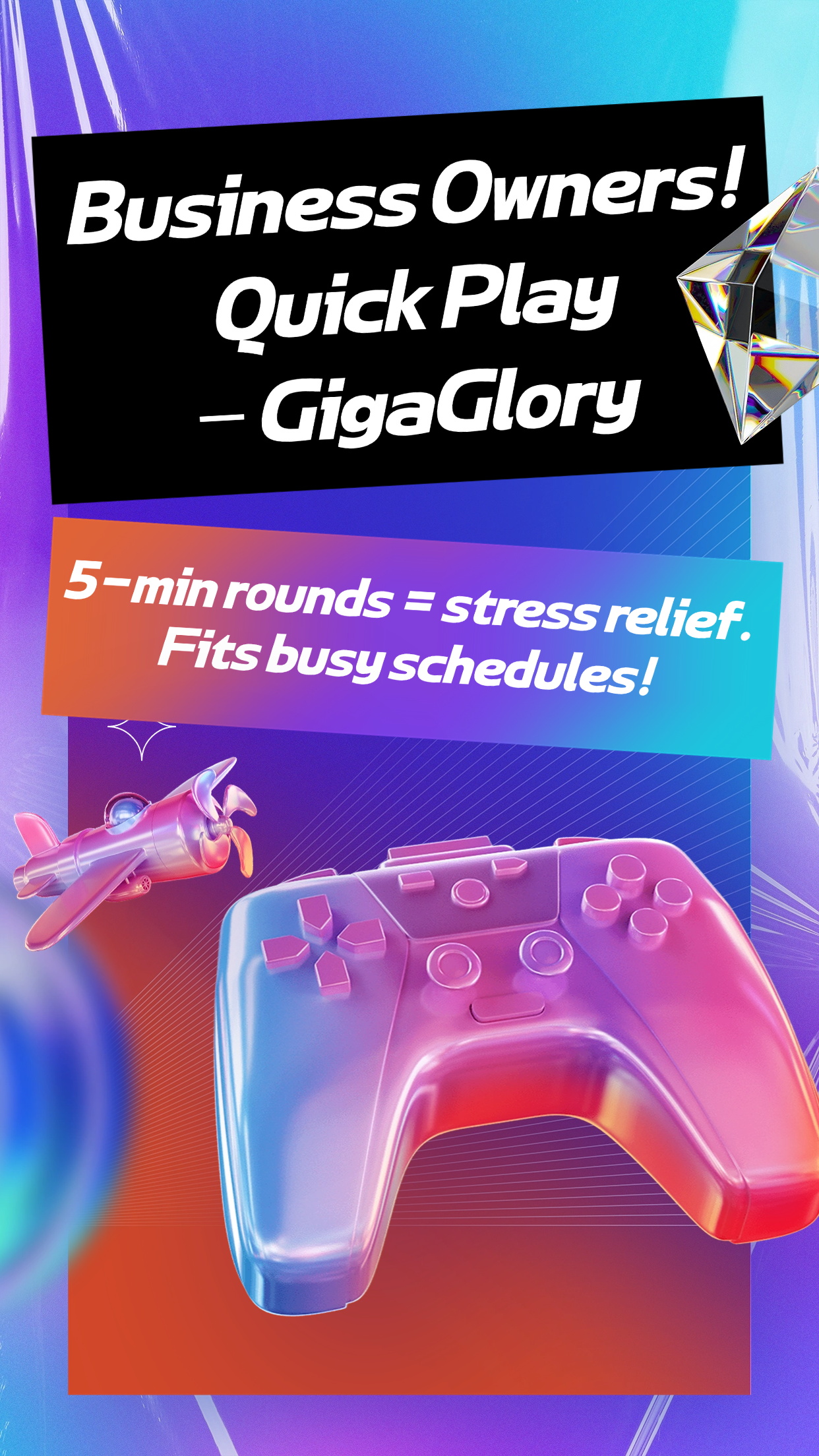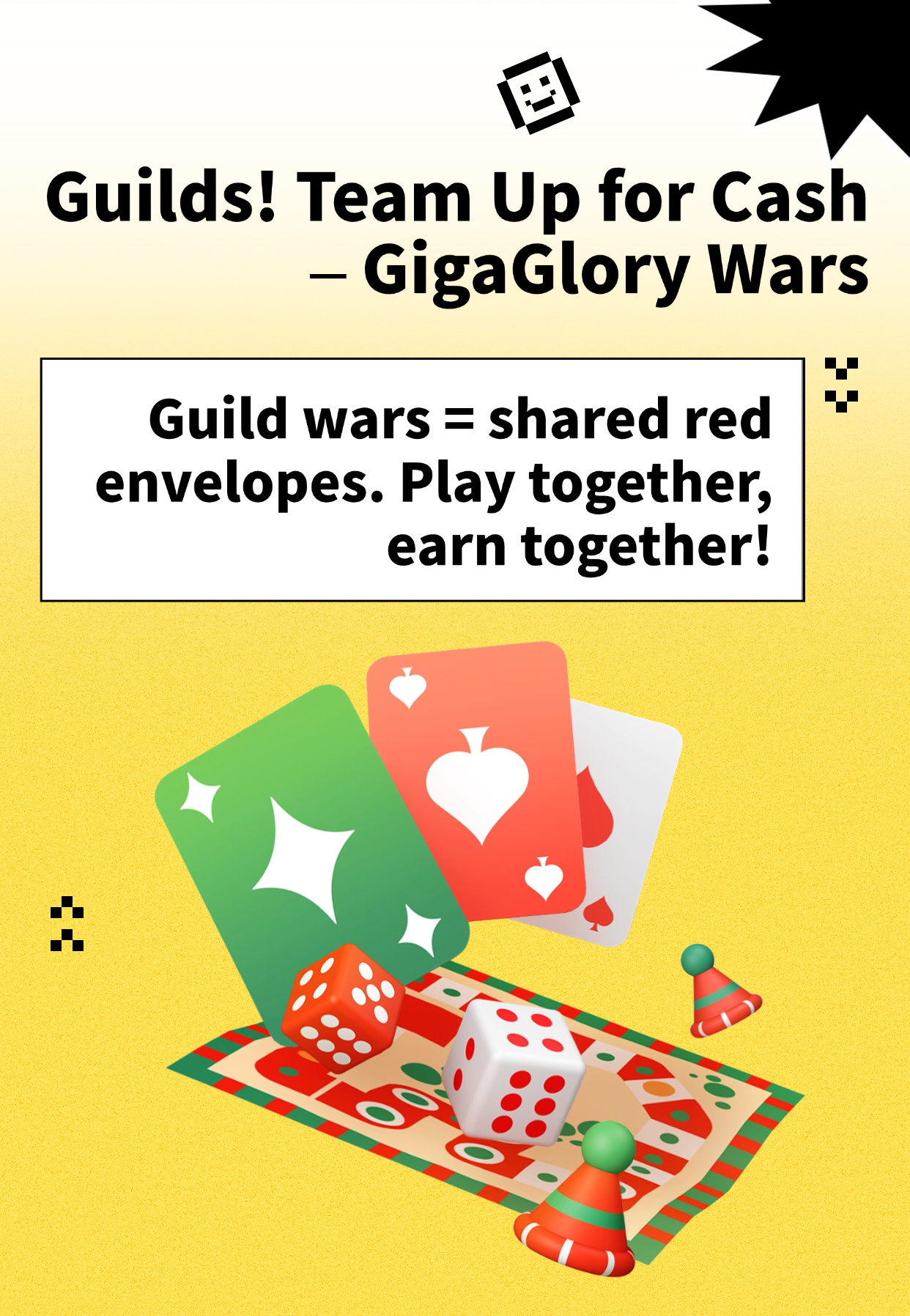Unlocking Fun and Learning: How Sandbox Games Double as Educational Games
When you think about sandbox games, what comes to your mind? Most likely, you envision endless building and exploration in a vibrant virtual world. These games not only provide entertainment, but they also serve as powerful **educational tools**. It’s a blend of fun and learning that makes sandbox games particularly appealing for both kids and adults alike.
Why Sandbox Games are Great Learning Aids
Sandbox games allow players to explore at their own pace, and that freedom is where the magic happens. Here’s a quick look at why they excel as educational games:
- Creativity: Sandbox games inspire creativity. Players can design their own worlds, encouraging innovative thinking.
- Problem Solving: Many sandbox games require players to strategize, making decisions that affect their gameplay.
- Collaboration: Multiplayer elements allow players to work together, honing their communication and teamwork skills.
- Learning through Play: Players pick up knowledge naturally as they engage with the game’s mechanics.
Sandbox Games That Are Also Educational
Here’s a table featuring some popular sandbox games that also provide educational value:
| Game | Educational Value |
|---|---|
| Minecraft | Encourages creativity, math skills, and building |
| Roblox | Teaches coding and game design principles |
| Terraria | Develops strategic thinking and resource management |
| Garry's Mod | Fosters creativity and physics understanding |
Benefits of Learning through Play
Play isn’t just fun; it also fuels our brain. Here are some benefits of integrating educational elements in sandbox games:
- Engagement: Kids are more likely to engage with content that feels like play.
- Critical Thinking: Challenges in sandbox games enhance analytical skills.
- Retention: The hands-on experience improves memory retention and understanding.
- Accessibility: Many of these games are available on mobile platforms, making them easily accessible for everyone.
What Makes an Educational Sandbox Game Successful?
Not all sandbox games are created equal when it comes to educational value. Here are a few key points that make a game effective:
- Balance of Fun and Learning: The best educational games have a perfect balance, keeping the enjoyment alive while teaching something valuable.
- Feedback Mechanism: Providing players with feedback helps them understand their learning process.
- Variety of Challenges: Different challenges keep players engaged and allow them to learn various skills.
FAQ
Can sandbox games actually help with education?
Yes! Many sandbox games are designed in ways that not only engage players but also teach valuable skills such as problem-solving, creativity, and teamwork.
Are there sandbox games suitable for all ages?
Absolutely! While some sandbox games may be tailored for younger audiences, others cater to adults as well, making them enjoyable for a wide range of ages.
How can parents incorporate sandbox games into learning?
Parents can set specific goals, like building historical landmarks in games or even creating math challenges in something like Minecraft. This can turn fun into a productive learning process.
Conclusion
Sandbox games aren't just a way to kill time; they open doors for creativity and learning. They prove that fun and education can co-exist harmoniously. So next time you dive into a virtual world, remember: you’re not just playing, you’re learning as well! Embrace this unique blend of gaming and educational opportunity, and watch how it fosters the growth of invaluable skills.



